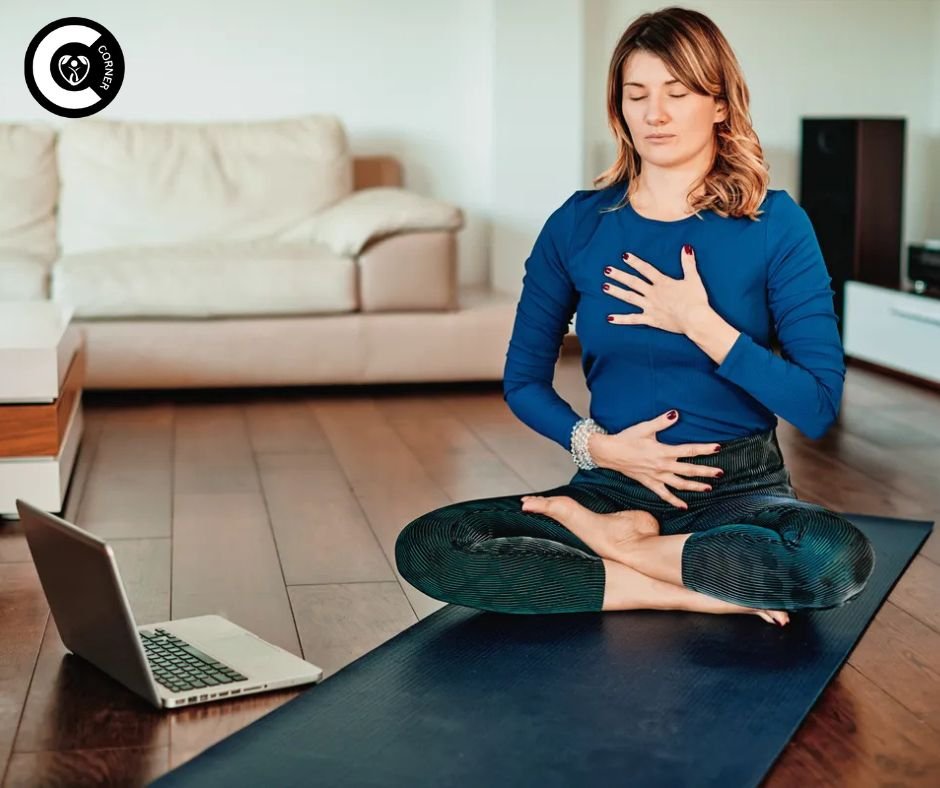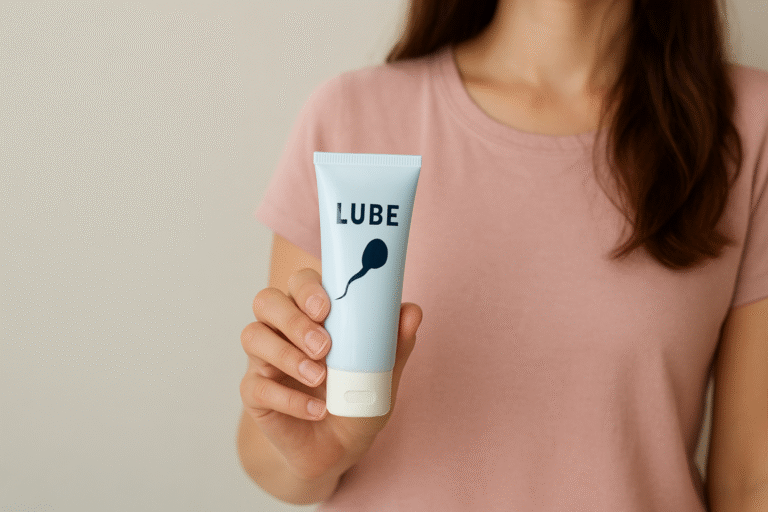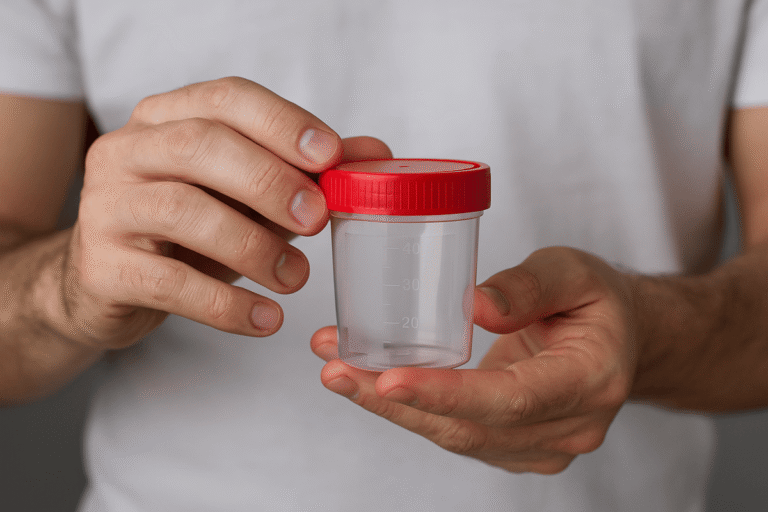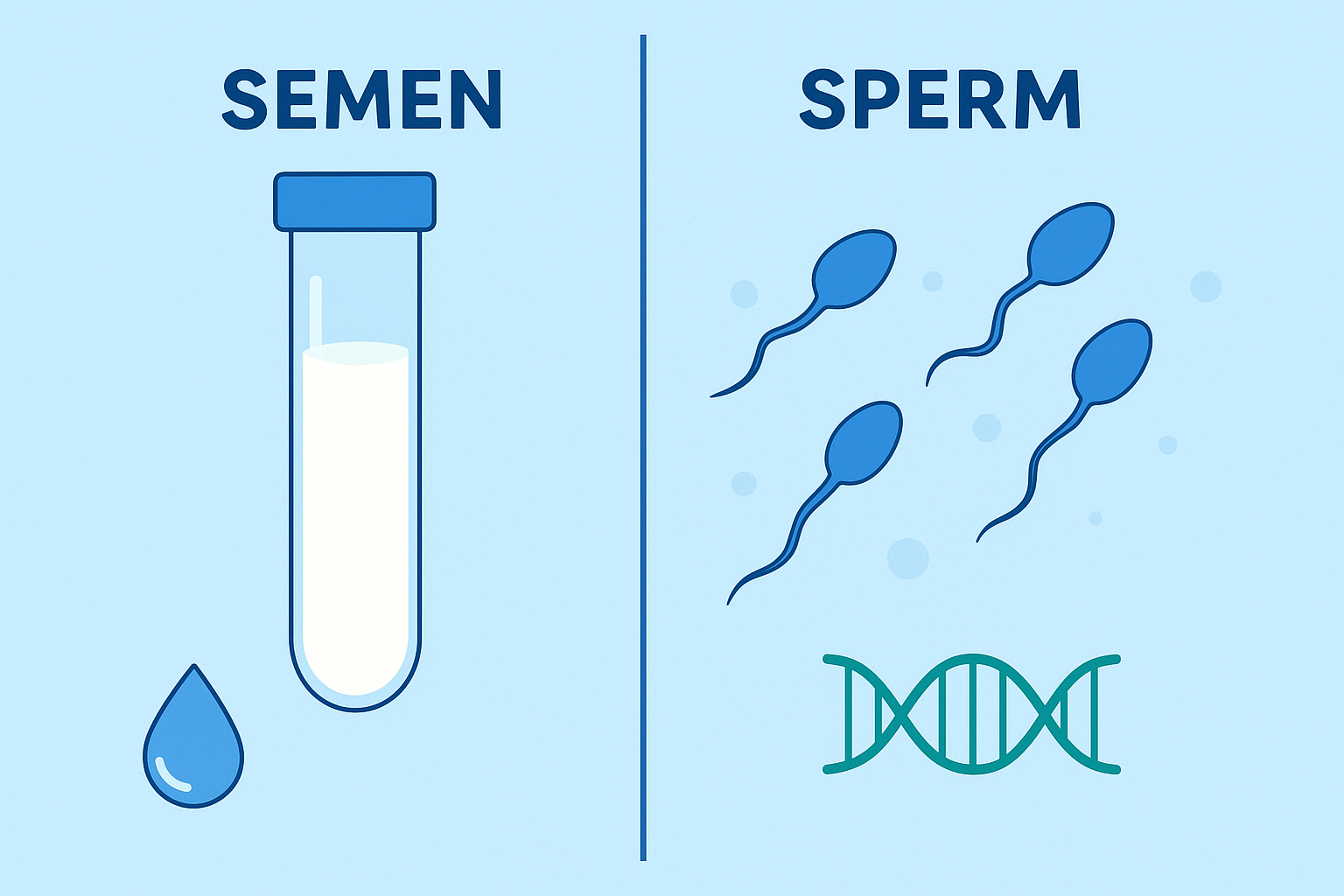Vaginismus is a condition where the vaginal muscles involuntarily tighten, making penetration painful or impossible whether for sex, tampon use, or medical exams. This tightness is an important reaction. You don’t consciously control it. It’s like your eye automatically closing when something gets too close to it.
The response might provide slight discomfort or make insertion impossible and very unpleasant. There are two types: main (lifelong) and secondary (acquired later). Vaginismus is a physical condition closely associated with psychological aspects. It’s common to be afraid of pain, have had a bad experience in the past, feel anxious, or have bad memories. To treat vaginismus and discover how to entirely get rid of it, you need to understand the connection between your mind and body.
Recognizing the Symptoms and Profound Impact of Vaginismus
Involuntary spasms of the pelvic muscles are the main symptom of vaginismus. This makes vaginal penetration very hard or even impossible.
This shows itself in real life as terrible pain or burning during sex, using a tampon, or taking an exam; a feeling of “hitting a wall”; extreme tightness; and sometimes automatic closure.
However, vaginismus has a far bigger effect. It causes a lot of emotional pain. It’s typical to feel inadequate, ashamed, guilty, and frustrated. Relationships often have problems. People stop talking to each other and avoid getting close to each other. Fear of possible intrusion becomes widespread. It affects self-esteem, body image, and the quality of life in general. To treat vaginismus well, you need to work on both your body and your mind.
Scientific Proof That Vaginismus Can Be Overcome
Numerous clinical studies indicate that vaginismus exhibits elevated treatment success rates when managed appropriately. According to a study in the Journal of Sexual Medicine,
- 85–90% of women see a big improvement with the right treatment.
- 72% of women have pain-free intercourse within 3–6 months of regular therapy.
- The best results come from combining physical therapy with psychological support.
As many success stories exist in the medical literature and online support groups. A top sexual health expert says that almost all cases of vaginismus may be fixed with the right treatment in her practice. The secret is to work on both the physical and muscular tension and the mental parts at the same time.
Tips to Start Your Vaginismus Recovery Journey
Tips to Start Your Vaginismus Recovery Journey
The first important step is frequently to deal with the bodily part. Pelvic Floor Physical Therapy (PFPT) is the main medical treatment for vaginismus. A specialized PT does a thorough evaluation. They know exactly which muscles are too tight or spasming. Use both internal and external methods to direct manual therapy to release trigger points.
They educate you on how to be very mindful of your muscles. Tailored exercises are not Kegels; they focus on down-training and relaxation. People often employ biofeedback. Sensors give you visual and audio clues that help you relax.
Botox shots might be an option in some circumstances. However, this short-term paralysis can stop severe spasm cycles. Talk to a gynecologist who has dealt with sexual pain before. Talk about all your medical options for a full recovery from vaginismus, and rule out other conditions.
Therapeutic Approaches: Healing Mind and Emotions
Fear, worry, and often past events are very closely associated with vaginismus. So, psychological assistance is essential for the total resolution of vaginismus. Sex therapy or psychosexual therapy gives you a secure place to talk. Therapists look at the psychological roots. Cognitive Behavioral Therapy (CBT) helps people question their negative thoughts, like “It will always hurt”. However, they are replaced by beliefs that are realistic and give you power. Therapists talk about the cycle of fear, pain, and tension. They learn how to deal with anxiety.However, the main part is graduated exposure therapy. It means facing the scary event in a planned, sensitive way.
The first steps are not scary, like working with a mirror. They slowly move from touch to using a dilator to having sex. Trauma-focused therapy (like EMDR) is very important for vaginismus that is linked to trauma. It processes events, which makes them less likely to trigger. This work breaks down mental obstacles and combines physical improvement.
Also Read: Painful Intercourse After Menupause
Self-Help Empowerment: Taking Control at Home
Professional help is really important. But active self-help speeds up healing from vaginismus and boosts confidence. However, the most popular and successful tool is dilator therapy. Use smooth dilators that are made for medical use and come in different diameters. Teach vaginal muscles to let penetration happen without spasms. Being patient and consistent is very important. To relax, you need to focus on deep diaphragmatic breathing. Never push. However, connect the procedure to good feelings (comfort, lubrication).
Mind-Body Techniques are strong friends: Deep breathing every day relaxes the nervous system. Being mindful can help you feel less anxious. Progressive muscular relaxation teaches you how to let go of stress on purpose.
Learn from reliable sources. It’s very important to learn to be kind to yourself. Be kind instead of critical. Recognize minor victories. Know that setbacks are normal on the way to entirely getting rid of vaginismus.
The Vital Role of Partners in Healing
Although it is not common to go through vaginismus alone. Having a spouse who is there for you is very important. The foundation is open, honest, and constant communication. Talk about the physical reality, the emotional toll, your worries and hopes, and your therapy without blaming or putting pressure on anyone. Accordingly, for empathy, partners need to learn about vaginismus, which is a response, not rejection.
Redefine closeness to include more than just penetration. Touching, kissing, and massaging that don’t include penetration are the most important things. Rebuild positive feelings about being close to someone. Partners should act as support accordingly.
If it’s right for you, go to therapy. Help with ways to relax. Take your time and enjoy each small win. Patience, comfort (“We’re in this together”), in fact, taking away the pressure of a deadline are all great presents. Working together makes it easier to entirely get rid of vaginismus.
Finding Professional Help and Community Connection
It’s very important to know where to get aid. Talk to your doctor or gynecologist first. Be precise when you talk to your doctor: say what your symptoms are and use the word “vaginismus.”
Get referrals to specialists, such as:
- Pelvic Floor Physical Therapists (Use the APTA Women’s Health directory)
- Certified Sex Therapists (Find through AASECT)
- Gynecologists who focus on sexual medicine and vulvar pain.
If you’re turned down, don’t be afraid to get a second opinion. Support groups, whether online or in person, are quite helpful. Connection helps people feel less alone and gives them advice.
You can get information and meet people through well-known online communities (like Reddit and dedicated forums) and groups like the National Vulvodynia Association. Make this network a strong base for your rehabilitation.
Strategies for Long-Term Resilience and Prevention
Long-term vaginismus care necessitates proactive tactics. To avoid getting sick again, keep your pelvic health and emotional equilibrium.
Regular maintenance is important, such as using a dilator less often.
- Keep doing exercises to calm your pelvic floor.
- Make mindfulness and deep breathing a part of your everyday routine, especially when you’re stressed.
- Put stress management first. Stress makes muscles tense.
Find healthy ways to deal with stress, such as yoga, meditation, exercise, or hobbies. Talk openly with your spouse about what you need and what makes you uncomfortable.
Use the skills you’ve learnt to deal with any twinges right away. Don’t let fear get worse. Even once a year, make sure to check up with your physical therapist or therapist. This catches small problems early. Think of recovery as taking care of yourself all the time. This gives you the capability to keep being able to entirely get rid of vaginismus.
Final Encouragement: You Can Do This
If you’re reading this and having trouble with vaginismus, please remember:
- You’re not alone
- This isn’t your fault
- Your body can recover
- Many women have been through this before you
- You can get better completely.
The path may be hard, but it will also teach you important things about being patient, loving yourself, and being strong. Every little thing you do today is getting you closer to the day when vaginismus will be a thing of the past.
One modest step today will help you have a pain-free tomorrow. That’s where healing starts, whether it’s arranging an appointment with a doctor, getting your first pair of dilators, or just saying your anxieties out loud.





[…] Also Read: How to Overcome Vaginismus […]
[…] Also Read: How To Recover Vaginismus […]